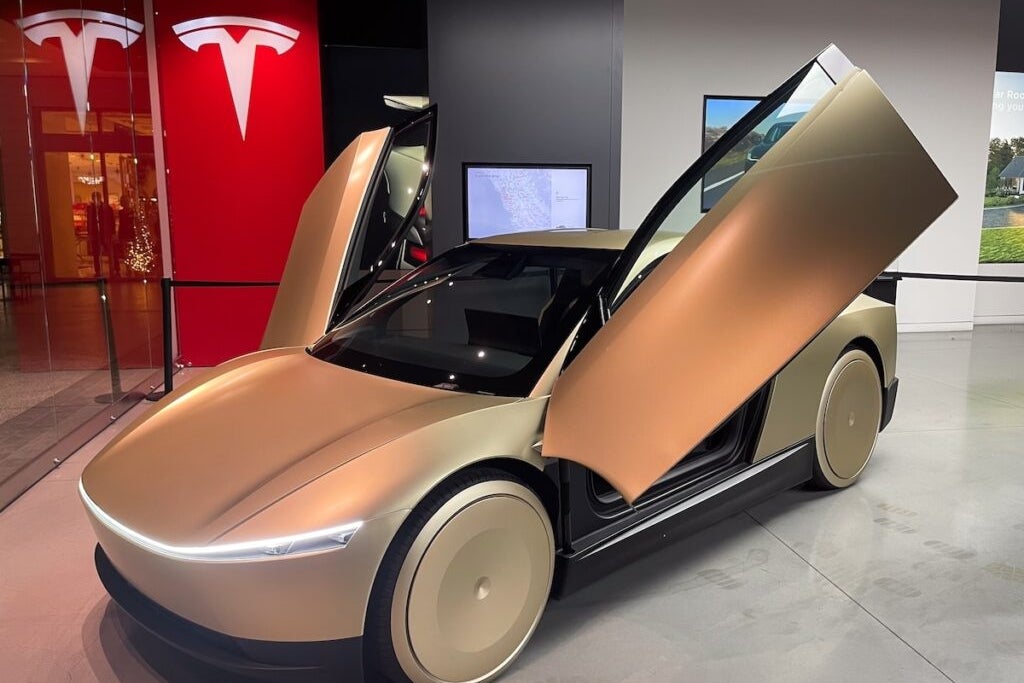Decoding Tesla’s $350 Billion Surge: AI, Margins, and Musk’s Vision
Tesla’s staggering $350 billion market value surge in 2024 represents more than a stock rebound—it’s a testament to Elon Musk’s ambitious vision, improving profit margins, and groundbreaking artificial intelligence (AI) advancements. Analysts attribute this rally to Tesla’s strategic pivot toward autonomous driving, energy storage expansion, and cost-cutting measures that boosted quarterly earnings. The electric vehicle (EV) giant’s growth trajectory now hinges on its ability to deliver robotaxis, optimize AI-powered manufacturing, and maintain technological dominance amid fierce competition.
The Profit Margin Turnaround: Tesla’s Financial Engine
After a turbulent 2023 where Tesla slashed prices to maintain demand, the company surprised investors with a Q1 2024 gross margin of 19.5%, up from 17.4% in Q4 2023. This rebound stems from:
- Production efficiencies: Gigafactories in Texas and Berlin achieved record output
- Battery cost reductions: 4680 cell production costs dropped 14% year-over-year
- Software monetization: Full Self-Driving (FSD) subscription revenue grew 40% quarterly
“Tesla’s margin recovery proves they’ve turned the corner on the price war,” says Gene Munster, managing partner at Deepwater Asset Management. “Their vertical integration gives them levers other automakers can’t pull—especially in battery tech and AI training infrastructure.”
AI as the Growth Catalyst: Beyond Electric Vehicles
While legacy automakers focus on EV production, Tesla has invested $2 billion in AI development in 2024 alone. The company’s Dojo supercomputer—capable of processing 1.1 exaflops of data—has accelerated neural network training for autonomous systems by 300% compared to previous GPU clusters. Key AI milestones driving investor confidence include:
- FSD v12 achieving human-like driving in 90% of scenarios (up from 65% in 2023)
- Optimus robots performing complex factory tasks in trial deployments
- AI-powered energy grid management for Powerwall customers
Musk’s bold prediction at Tesla’s April 2024 earnings call resonates: “Within 18 months, Tesla’s AI and robotics revenue could surpass automotive.”
The Robotaxi Revolution: Tesla’s Next Trillion-Dollar Bet
Analysts estimate Tesla’s August 8 robotaxi unveiling could open a $10 trillion mobility-as-a-service market. Ark Invest forecasts autonomous platforms will generate $8 trillion in revenue globally by 2030. Tesla’s advantages include:
| Advantage | Competitor Comparison |
|---|---|
| Data collection | 5 billion real-world miles vs. Waymo’s 20 million |
| Cost structure | $25k vehicle cost vs. Cruise’s $300k prototypes |
| Manufacturing scale | Ability to produce 1M robotaxis annually by 2026 |
However, skeptics like Bernstein analyst Toni Sacconaghi caution: “Regulatory hurdles remain massive. Tesla hasn’t proven it can achieve Level 4 autonomy without geofencing—the crucial threshold for driverless operations.”
Musk’s Vision: The X-Factor in Tesla’s Valuation
The CEO’s ability to rally investor enthusiasm remains unparalleled. When Musk announced Tesla would spend $500 million on Nvidia H100 chips for AI training—despite having no immediate use case—the stock jumped 7% in after-hours trading. This “Musk premium” accounts for roughly 30% of Tesla’s valuation, according to Goldman Sachs.
Yet challenges persist:
- Cybertruck production delays (25k units delivered vs. 50k projected)
- Increased Chinese competition (BYD’s 2024 EV sales grew 45% year-over-year)
- Potential FSD regulatory scrutiny in Europe
The Road Ahead: Sustainability or Speculation?
Tesla’s valuation now trades at 85x forward earnings—triple the industry average. Bulls argue this reflects Tesla’s transition to an AI/robotics company, while bears see echoes of the 2021 tech bubble. The coming 12 months will prove decisive with three make-or-break events:
- Robotaxi commercial deployment (Q1 2025 target)
- 4680 battery production reaching 100GWh capacity
- Optimus robot pre-orders opening
As Munster summarizes: “Tesla either becomes the first $5 trillion company by 2030 or faces a painful reckoning if these bets don’t materialize. There’s no middle ground.” For investors, the choice hinges on believing in Musk’s vision—or demanding tangible execution.
Want to track Tesla’s AI and autonomy milestones? Subscribe to our tech investment newsletter for monthly deep dives on disruptive innovation.
See more Business Focus Insider Team

